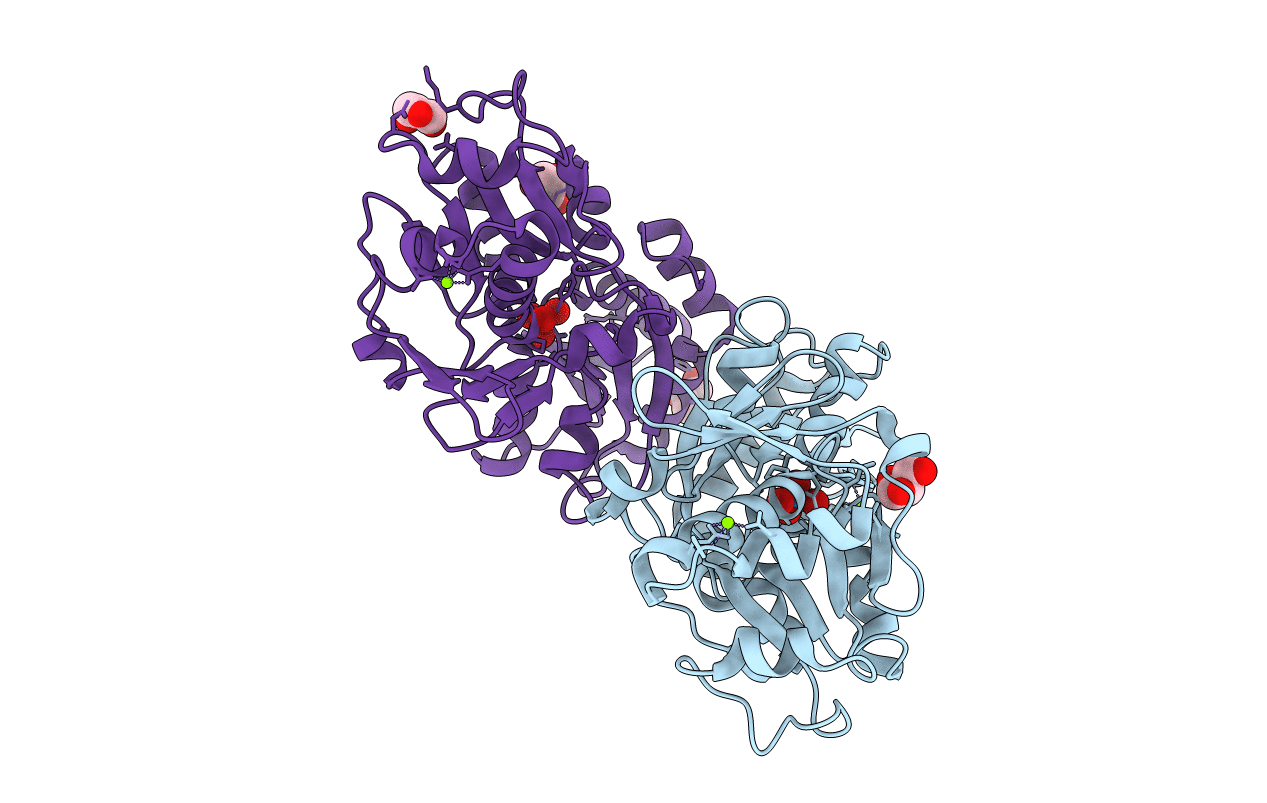
Deposition Date
2008-03-04
Release Date
2009-03-10
Last Version Date
2024-02-21
Entry Detail
PDB ID:
3CFX
Keywords:
Title:
Crystal structure of M. acetivorans periplasmic binding protein ModA/WtpA with bound tungstate
Biological Source:
Source Organism:
Methanosarcina acetivorans (Taxon ID: 2214)
Host Organism:
Method Details:
Experimental Method:
Resolution:
1.60 Å
R-Value Free:
0.23
R-Value Work:
0.21
Space Group:
C 1 2 1


